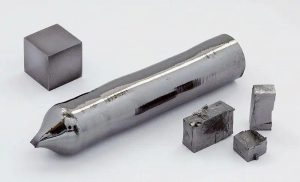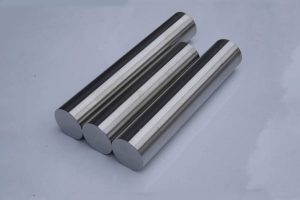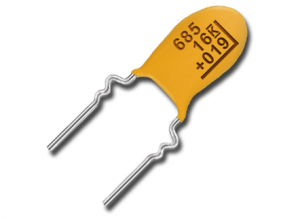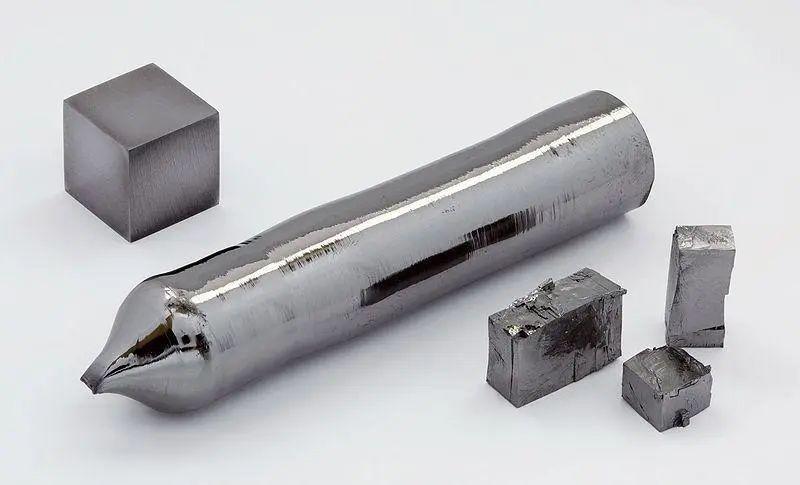Tantalum metal mainly exists in tantalite ore and is symbiotic with niobium. Tantalum is of moderate hardness and ductility and can be drawn into tantalum wire or tantalum foil. Tantalum has a wide range of applications due to its characteristics, and it widely exists in tantalite, tantalum alloy, tantalum powder, tantalum capacitors, etc.

Tantalum alloy is an alloy based on tantalum adding other elements. The tantalum anode oxide film is stable and corrosion-resistant. It has excellent dielectric properties and is suitable for making the electrolytic capacitor. Tantalum is highly resistant to chemical corrosion. Except for hydrogen fluoride, sulfur trioxide, hydrofluoric acid, hot concentrated sulfuric acid and alkali, tantalum can resist the corrosion of all organic and inorganic acids. Therefore, it can be used as corrosion resistant materials for chemical industry and medicine.

As tantalum is similar to some rare elements such as uranium, thorium, rare earth, titanium, zirconium, tungsten, and common elements tin, calcium, iron, and manganese in crystalline chemistry, it is easy to have equivalence and heteromorphism.
The compact oxide film formed on the surface of metallic tantalum has the properties of valve metal of unidirectional conduction. The anodic film made of tantalum powder has chemical stability (especially in acidic electrolyte stability), high resistivity (7.5 x 1010 Ω, cm), dielectric constant (27.6) and small leakage current. Tantalum is not only the raw material for the production of pure metal tantalum but also used in the electronics industry. Lithium tantalate monocrystals and special optical glass with high refraction and low dispersion can be used as a catalyst in the chemical industry.
Tantalum oxide is a white powder insoluble in water and acids, but soluble in molten potassium bisulfate and hydrofluoric acid. The minerals containing tantalum and niobium are mainly iron tantalum and calcined greenstone. The ones containing more tantalum are called tantalite, while the ones containing more niobium are called niobite.

The design of tantalum capacitors requires that the product performance parameters of tantalum capacitors can meet the circuit signal characteristics. However, it is often impossible to guarantee that the above two tasks are done well. Therefore, it is inevitable that failures of one kind or another will occur in the process of use. The solid tantalum capacitors were first developed in 1956 by Bell Laboratories in the United States. Tantalum capacitors can easily obtain large capacity, and there are few competitors in power filter, ac bypass, and other applications.
Stanford Advanced Materials supplies high-quality tantalum and related products to meet our customers’ R&D and production needs. Please visit http://www.samaterials.com for more information.
